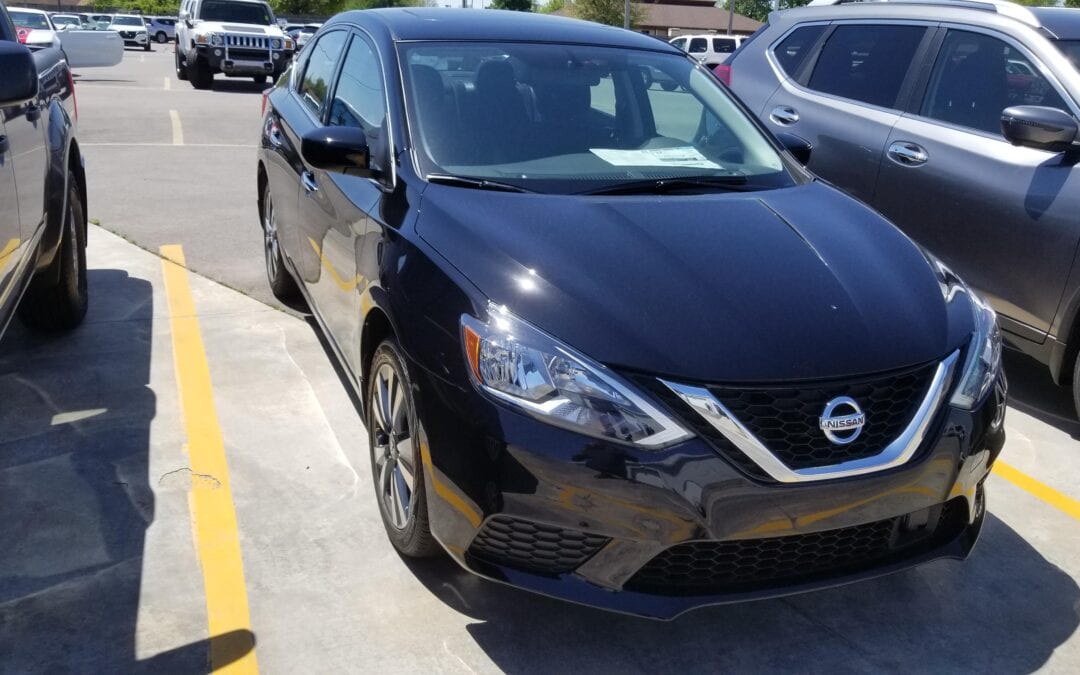ADAS Recalibration Jenks
The main reasons for ADAS recalibration Jenks stem from the need to ensure the cameras and sensors that power these driver-assistance systems are functioning correctly.
Here are the key reasons:
- Maintaining Accuracy: ADAS features rely on precise information from cameras and sensors to operate effectively. Any misalignment can negatively affect their ability to detect objects, measure distances, and provide accurate warnings or intervene as needed.
- Windshield Replacement: This is a common scenario where recalibration becomes necessary. The windshield often houses some of the crucial ADAS cameras. Even minor changes in the position of the windshield during replacement can throw off the camera angles significantly.
- Collision Damage: Similar to windshield replacement, collisions that impact the vehicle’s front end can potentially damage or misalign ADAS cameras and sensors mounted behind the bumper, grille, or headlights. Recalibration ensures they are back in their proper positions.
- Component Replacement: If certain ADAS components themselves, like radar sensors or cameras, are replaced due to malfunction or damage, recalibration is necessary to ensure the new parts are properly aligned and communicating effectively with the system.
- Manufacturer Recommendations: In some cases, manufacturers may recommend periodic ADAS recalibration Jenks as a preventative measure, especially for vehicles with complex systems. This ensures continued optimal performance over time.
ADAS recalibration is a multi-step process typically done by a qualified technician with specialized equipment. Here’s a breakdown of the general procedure:
Preparation:
- Manufacturer Specifications: The technician will first research the specific calibration requirements for the vehicle model using the manufacturer’s service manual. This ensures the calibration procedure adheres to the designed parameters for optimal performance.
- Workspace Setup: A controlled environment is crucial for accurate calibration. Here’s what the technician might do:
- Find a large, level indoor space free from clutter and air drafts.
- Ensure even and moderate lighting throughout the workspace. Avoid bright sunlight or areas with excessive shadows that can disrupt the calibration process.
- Set up a specialized calibration frame in front of the vehicle at a precise distance and height as specified by the manufacturer.
Vehicle Setup:
- Pre-Calibration Checks: The technician will make sure the vehicle is in proper condition for calibration. This may involve:
- Inflating tires to the recommended pressure according to the manufacturer’s specifications.
- Centering the steering wheel.
- Verifying the battery voltage meets the required level to ensure a stable power supply during calibration.
Calibration Process:
- Calibration Tools: The technician will use specialized tools to perform the calibration. These may include:
- A diagnostic software program specific to the vehicle make and model.
- The calibration frame is positioned earlier, and targets or patterns are used to guide the cameras and sensors during calibration.
- Software Guidance: The diagnostic software plays a key role:
- The technician will initiate the calibration procedure on the software program.
- The software will provide step-by-step instructions to guide the technician through adjustments to ensure the cameras and sensors are aimed correctly.
- Alignment Adjustments: Based on the software instructions, the technician will meticulously adjust the cameras and sensors to align perfectly with the targets or patterns on the calibration frame.
Verification and Completion:
- Calibration Verification: Once adjustments are made, the technician will use the diagnostic software to verify successful calibration.
- The software may provide a confirmation message or a visual indication on the computer screen showing the proper alignment of the cameras and sensors.
- Completion: After successful verification, the calibration process is complete. The technician may remove the calibration frame and clean up the workspace.
Additional Considerations:
- There are two main types of ADAS calibration:
- Static Calibration: This is the most common type, typically done in a controlled environment using a calibration frame, as described above.
- Dynamic Calibration: In some cases, dynamic calibration may be required. This involves driving the vehicle on a specific route under controlled conditions to allow the system to learn and adapt to real-world situations.
Important Note: Furthermore, ADAS recalibration Jenks is a specialized task and should only be performed by a trained technician with the proper equipment and knowledge to ensure the systems function correctly. It’s not recommended for DIY attempts.
You won’t necessarily need to determine the specific type of ADAS recalibration yourself. Here’s why:
- Manufacturer Expertise: When you take your car to a qualified technician for ADAS recalibration, they’ll handle figuring out the right type. Thus, they’ll consult the manufacturer’s specifications for your car model, which details the specific calibration requirements for your vehicle’s ADAS system.
- Calibration Needs Assessment: Based on the reason for needing recalibration (windshield replacement, collision repair, etc.), the technician will know which type is necessary.
Here’s a general guideline to give you an idea:
- Static Calibration: This is the most common type and is sufficient in many cases. It’s done entirely in a controlled environment using a calibration frame. This is typically suitable for situations like:
- Routine maintenance or recalibration recommendations from the manufacturer.
- After windshield replacement, as long as the cameras and sensors themselves haven’t been disturbed.
- Dynamic Calibration: This is less common and may be required in addition to static calibration in some cases. It involves driving the vehicle on a specific route to allow the system to learn and adapt to real-world conditions. This might be necessary after:
- Extensive repairs to the front of the car could have shifted the position of ADAS components beyond what static calibration can address.
- Replacement of certain ADAS cameras, sensors, or radar units themselves.
What you can do:
- Note the reason you believe your car needs ADAS recalibration Jenks (e.g., windshield replacement, collision repair).
- When contacting a technician or service center, let them know your car’s make, model, and year, and the reason for needing recalibration. Thus, this is information will help them determine the appropriate type of calibration for your vehicle.
Moreover, by trusting a qualified technician and providing them with relevant details, they can ensure your ADAS system receives the proper recalibration for optimal safety and performance.






















































































